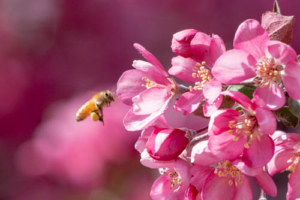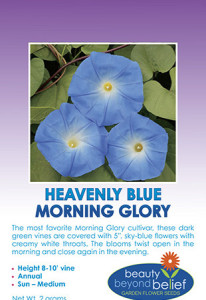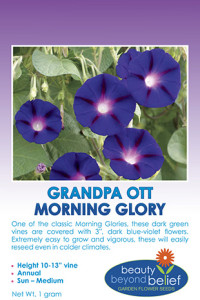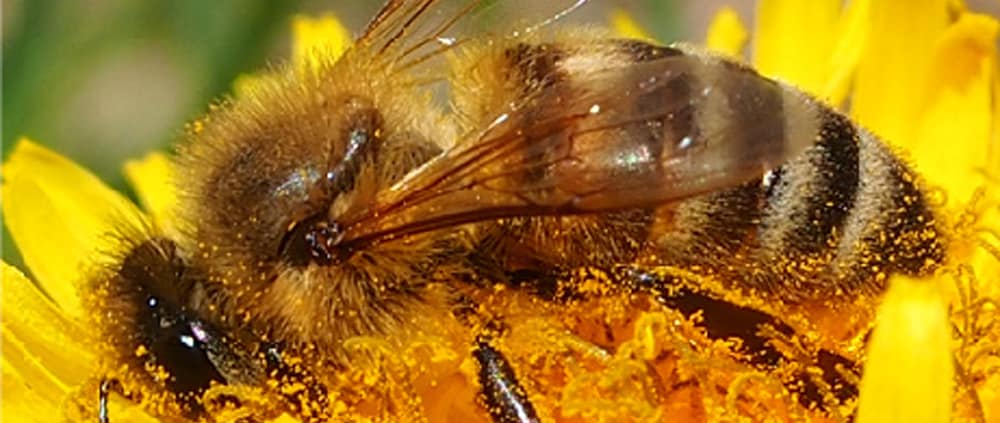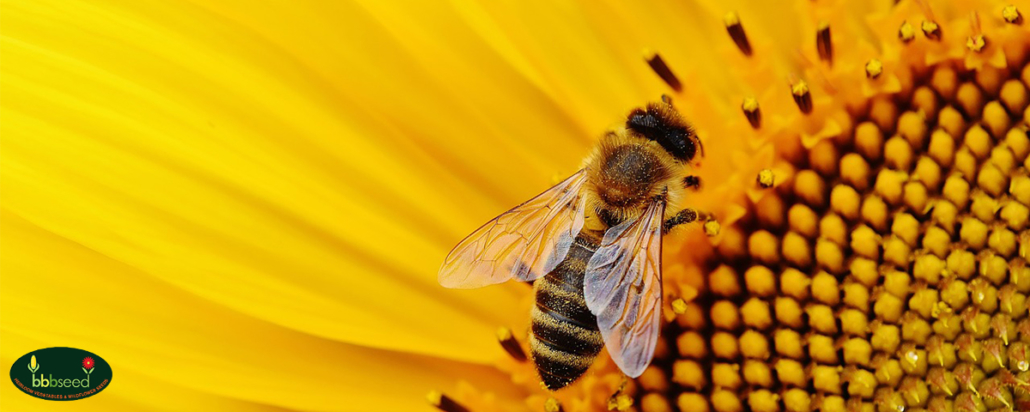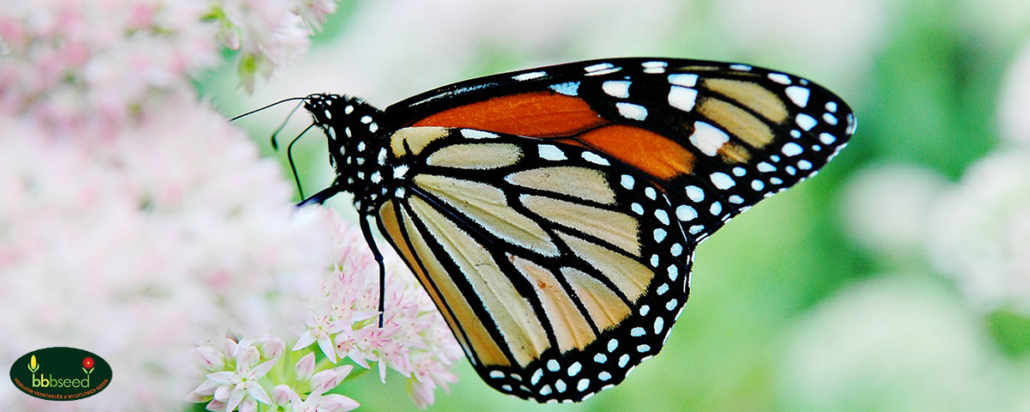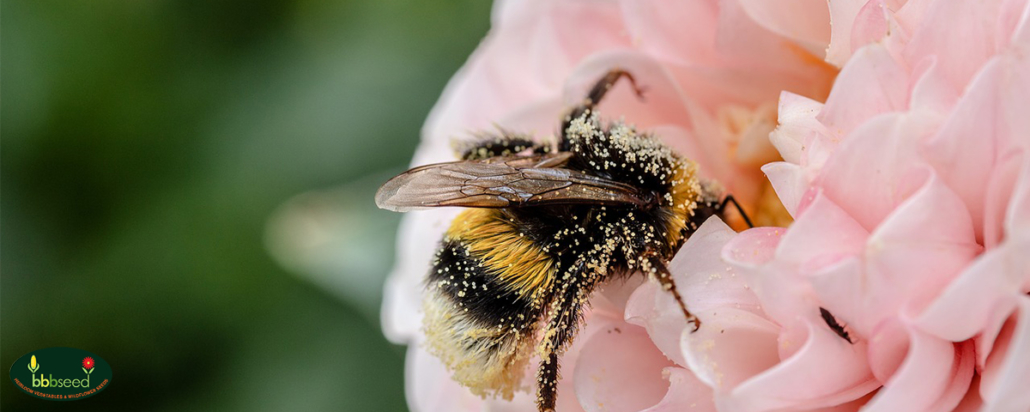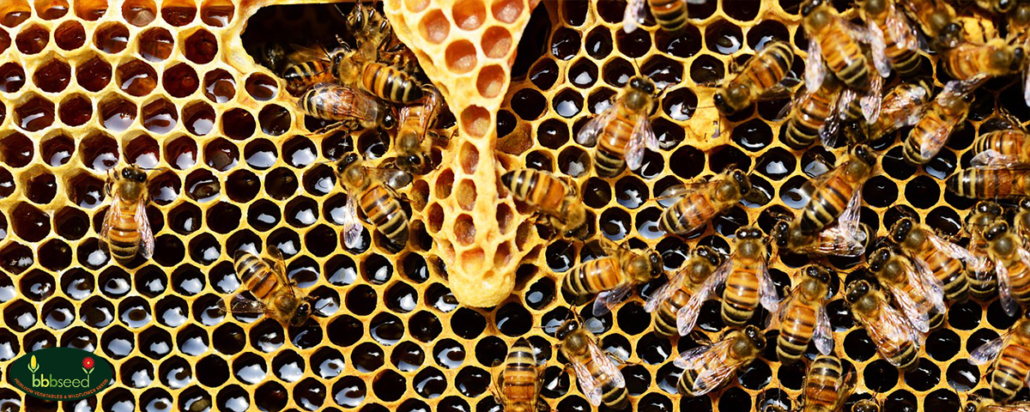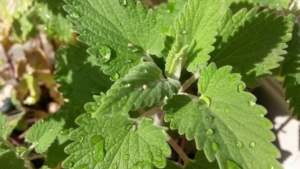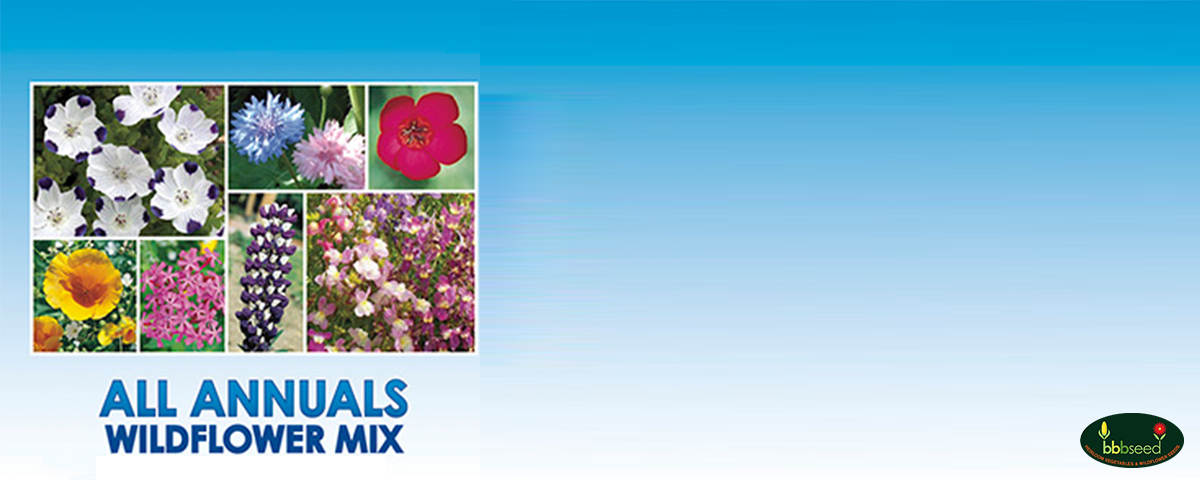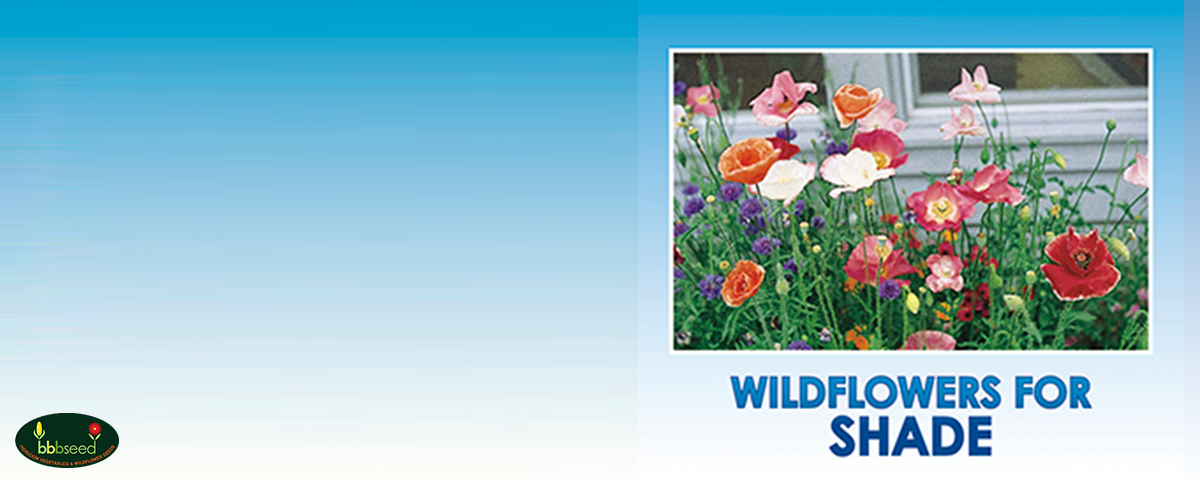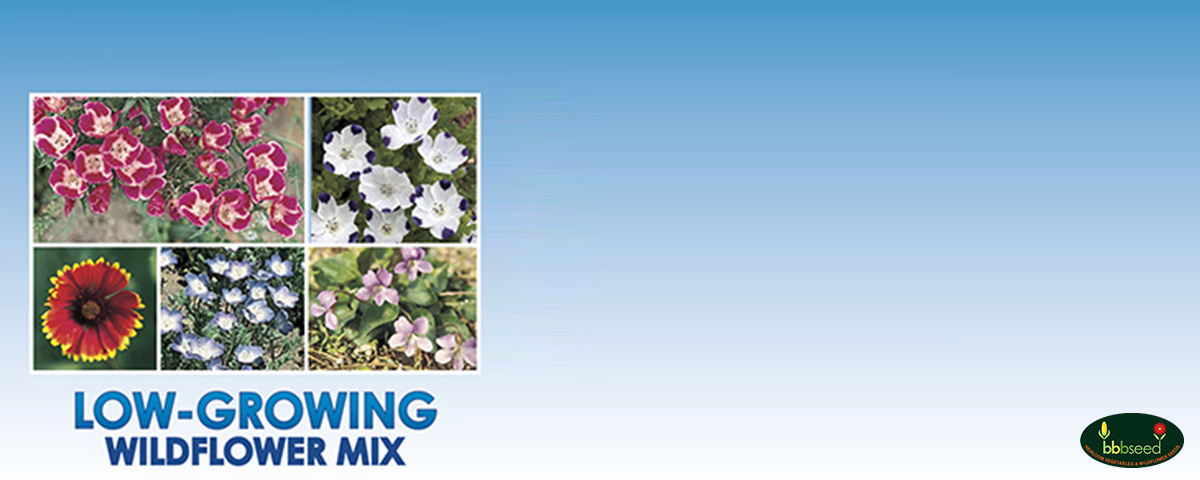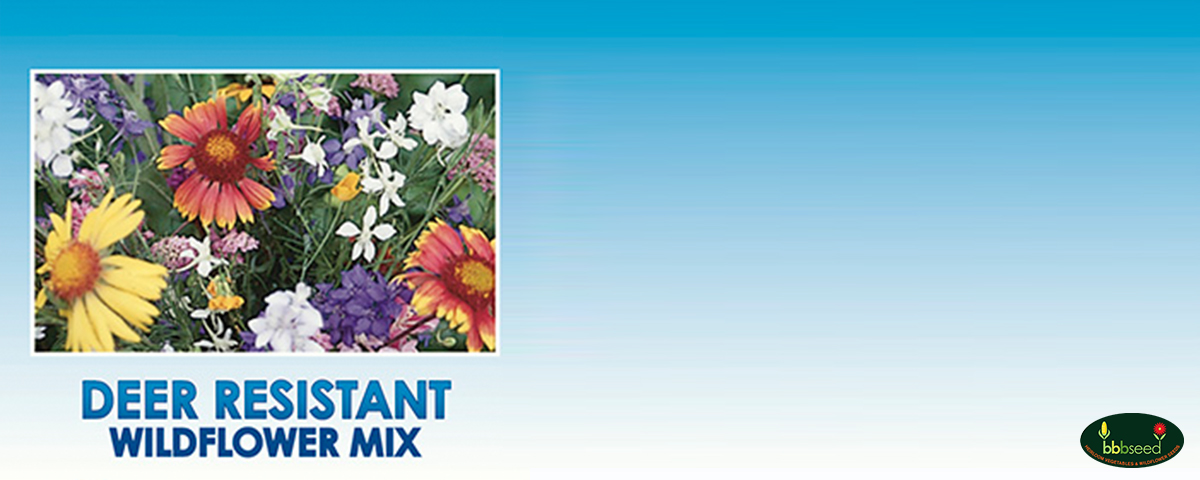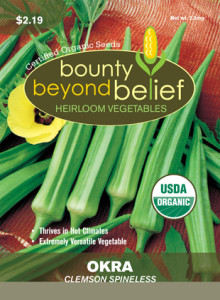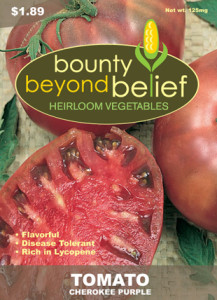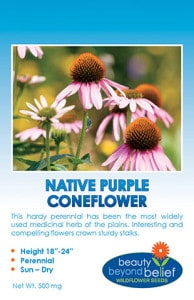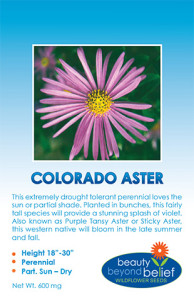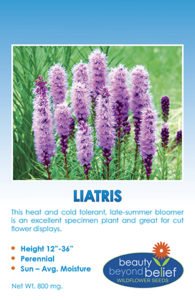Cucumber Growing Guide
Tips for Successfully Growing Cucumbers
by Heather Stone

photo courtesy of pixabay
Once the warm weather hits it’s time to start thinking about planting cucumbers. Nothing beats a fresh cucumber straight from the vine! Cucumbers are fairly easy to grow and are an excellent choice for the new gardener.
Cucumber growing guide:
Cucumbers are very frost tender so don’t plant seed or transplant starts until two weeks after your last frost date or when soil temperatures reach at least 70 degrees Fahrenheit.
Your soil should be well-drained and fertile. Work 1-2” of compost into the top 4-6” of your soil before planting.
Pick an area of your garden that receives at least 6 hours of sunlight. If days regularly reach temperatures of 90 degrees or more provide some afternoon shade.
Plant seeds in groups of 4-6, 1/2” below the soil surface in rows or hills 3’ apart. Most cucumber seeds germinate in 4-7 days. Providing a trellis for the plants to climb frees up garden space and improves airflow around the plants reducing fungal and bacterial diseases. Trellising also keeps the fruits off the ground away from moisture and critters and makes them easier to harvest.
Cucumbers are themselves 95% water so moisture is of key importance when growing cucumbers. Cucumbers need at least 1” of water a week. If plants inadequate moisture the fruit will often develop a bitter taste. To help retain moisture and keep the weeds down place mulch around your plants.
Harvesting
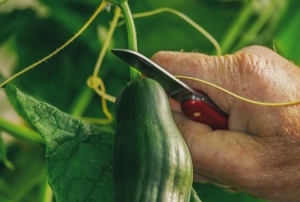
photo courtesy of pixabay.
Pick cucumbers when they have reached their mature length, depending on the variety, and before they begin to turn yellow. Cut or gently twist the fruit from the vine using two hands so as not to damage the plant. When the weather gets warm, check plants daily for ripe cucumbers. Pick often so plants continue to produce. Pick fruits in the early morning for the best flavor and texture. Cucumbers will keep for 7-14 days in the refrigerator.
Varieties
If you are thinking of planting cucumbers, we carry four varieties of cucumber seeds here at BBB Seed. Each is excellent and deserves a place in the vegetable garden.
Spacemaster 80
Spacemaster 80 is an excellent compact cucumber variety. At only 18-24 inches this short but hardy cucumber is a great choice for the small garden or for growing in a container. The dark green fruits reach 7-9 inches in length, have great flavor and are never bitter. A heavy yielder this cucumber is also resistant to mildew, scab and cucumber mosaic virus.
Boston Pickling
Boston Pickling cucumbers bear small, blocky fruits with firm flesh and tender skin that are ideal for making all types of pickles. This long-standing variety, first available in the 1800s is also great used as a slicing cucumber when allowed to reach full size.
Marketmore 76
Marketmore 76 is one of the finest slicing varieties on the market. A standard for the home garden. These vigorous plants produce 8” dark green, delicious fruits.
Suyo Long
An heirloom variety from northern China, Suyo Long grows to an amazing 10-18” long. They are almost seedless, burp-less and incredibly heat resistant. They are great for slicing and fresh eating.

